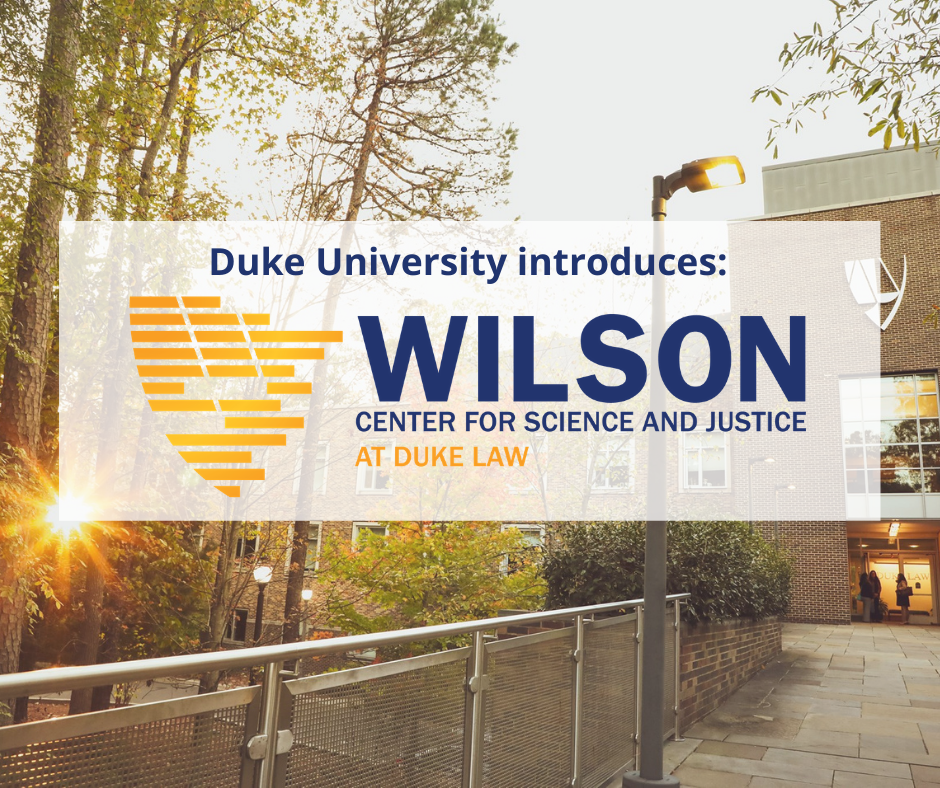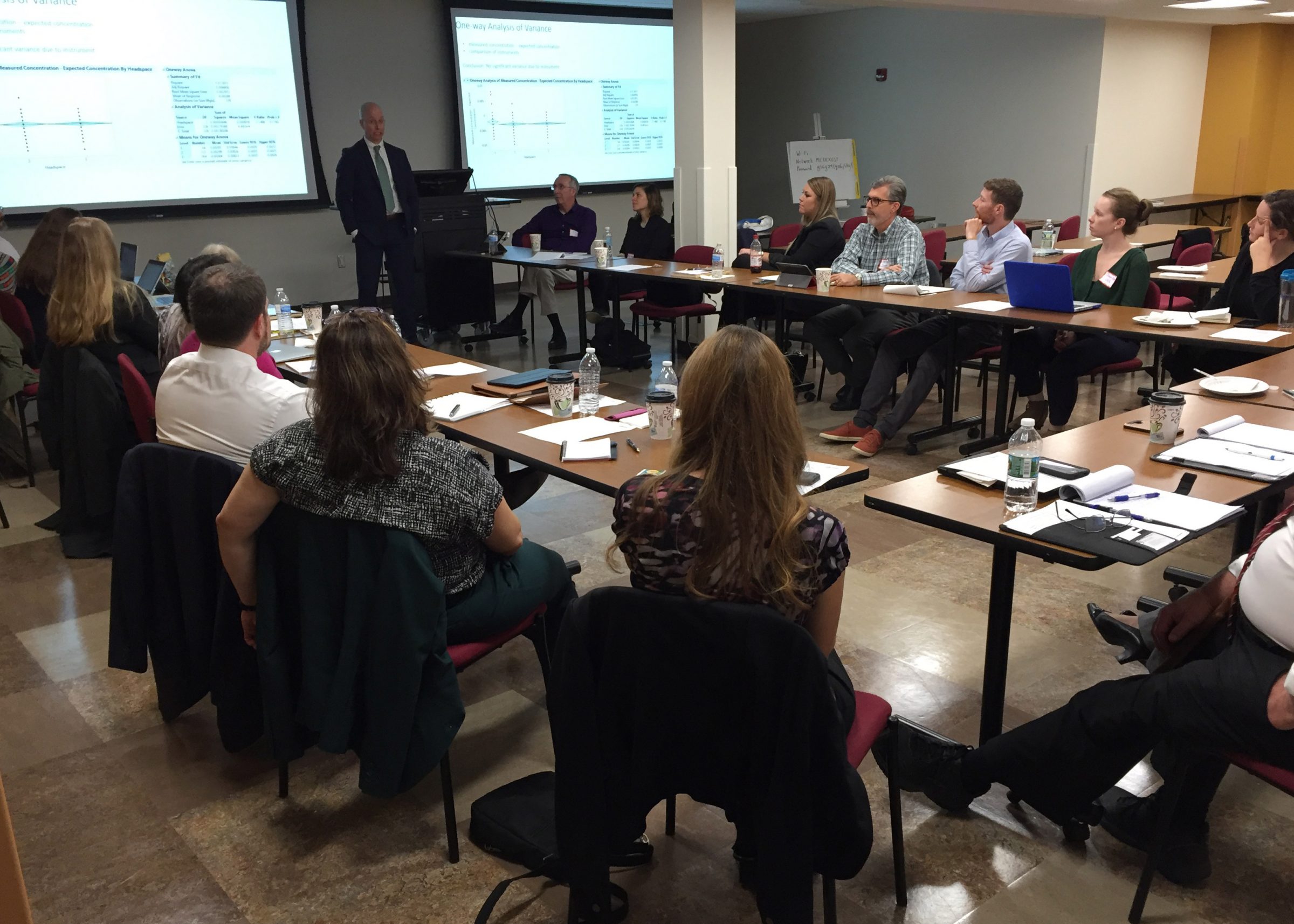The 2020 All Hands Meeting was held May 12 and 13, 2020 and served as the closing to the last 5 years of CSAFE research and focused on kicking off new initiatives for the next phase of the center, CSAFE 2.0.
CSAFE brought together researchers, forensic science partners and interested community members to highlight the organization’s achievements, identify areas for collaboration, and discuss goals for the future. It was an opportunity to connect with innovative experts in statistical foundations, pattern and digital evidence, and training and education to learn from each other and discuss potential collaborations.
The recordings of the research updates are available below. All videos along with other CSAFE webinars can be viewed on the CSAFE YouTube.
Opening and Kick-off for CSAFE 2.0
Dr. Alicia Carriquiry, CSAFE, Iowa State University and Robert Ramotowski, National Institute of Standards and Technology
Session 1: Firearms and Toolmark Analysis
Dr. Heike Hofmann, CSAFE, Iowa State University
Session 2: Footwear Impression Analysis
Dr. Charless Fowlkes, CSAFE, University of California, Irvine
Session 3: Bloodstain Pattern Analysis
Dr. Hal Stern, CSAFE, University of California, Irvine
Session 4: Handwriting Analysis
Dr. Alicia Carriquiry, CSAFE, Iowa State University
Keynote Presentation
Lynn Garcia, General Counsel, Texas Forensic Science Commission
Session 5: Latent Print Analysis
Dr. Karen Kafadar, CSAFE, University of Virginia
Session 6: Digital Evidence
Dr. Padhraic Smyth, CSAFE, University of California, Irvine
Session 7: Statistics
Dr. Danica Ommen, CSAFE, Iowa State University
Session 8: Implementation and Practice
Brandon Garrett, CSAFE, Duke University School of Law
Session 9: Education and Training
Dr. Robin Mejia, CSAFE, Carnegie Mellon University










